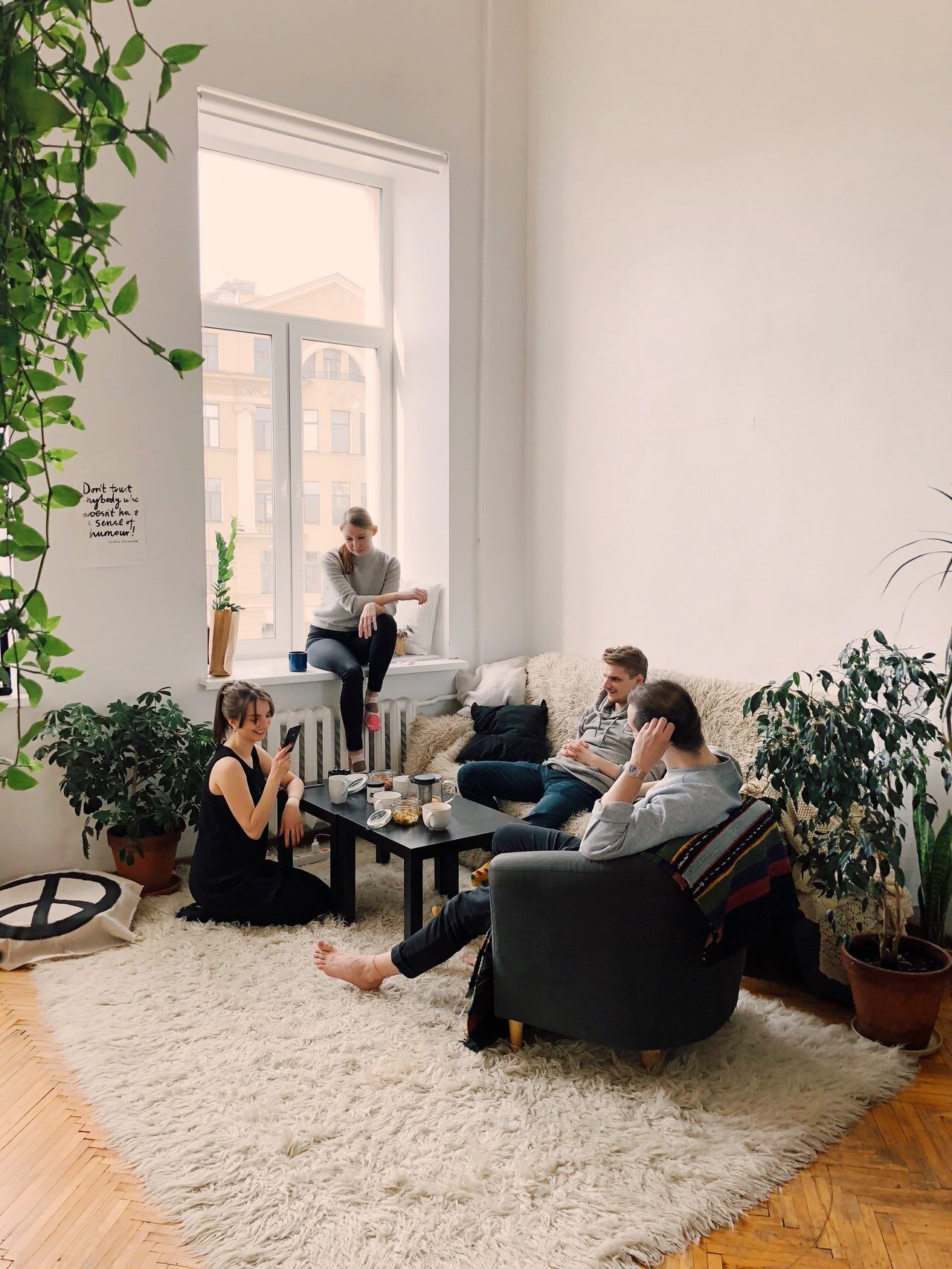The missing piece for networking in your zoom rooms
Photo by Daria Shevtsova
There are a lot of things we do without thinking about during our interactions with other human beings, that make their absence painfully evident when online connections are substituted for these in-person interactions. At the smallest scale, there are a lot of subtle cues coming from body language, conversation pace, pauses that are so easily missed.
On a larger scale, nothing can replace in-person networking. If you attend an event, you tend to naturally move from one small cluster of people to the next and have multiple side conversations (read: private) in a short time. The reason for that is that it's much easier to follow a conversation with only a handful of people. That's why larger groups can never sustain a lengthy conversation and side chats always end up taking over.
That's impossible to do on zoom and other video chats as it is impractical to remove oneself from the larger conversation and have a side chat with a smaller group. That's also part of the reason why zoom fatigue is real. Trying to follow 20 people at a time is exhausting.
However, there is one trick that works wonders on zoom: the underused breakout room. I've been using it on many occasions to replicate as faithfully as possible these side chats. While we still don't have the flexibility of physically moving through space to go from one conversation to another, this can be artificially replicated. Here's what you need: a topic of conversation, breakout rooms and a timer.
If you send people in small groups and give them something to talk about, all you have to do is sit back and watch the magic happen. In no time, they'll engage with each other and very often will end up have meaningful conversations. The topic is only an excuse to get started, they'll end up talking about all sorts of things, but what matters is to create that spark and let the people do the rest. No one likes uncomfortably long silences.
If you're really worried about people not talking, here's another hack: If there is an unusually long silence, just tell them to ask this simple question: "What else?".
Try it with groups larger than 5 or 6 people, you'll be surprised.


